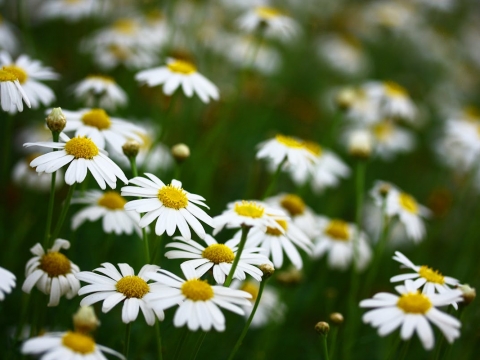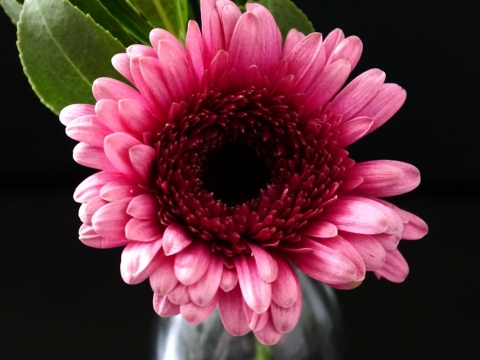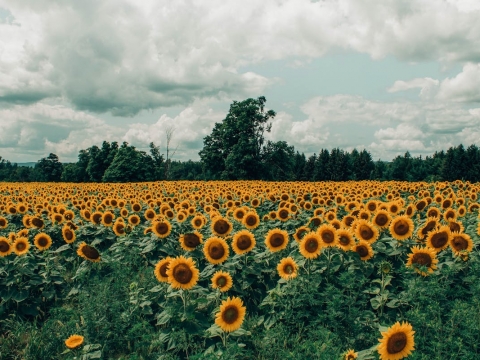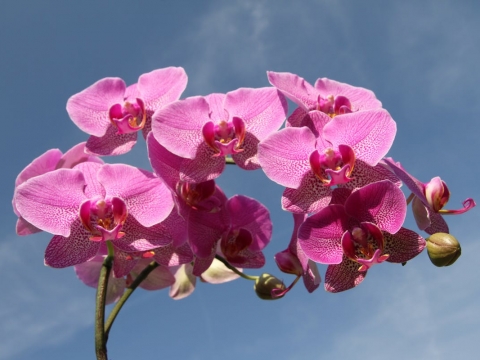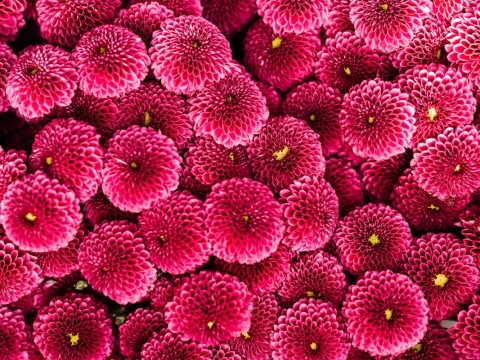The aster is a popular flower due to its beautiful, star-like shape and stunning colors. This flower is not only visually appealing, but also rich in philosophical and symbolic meaning. From red asters, which symbolize passionate love, to purple asters, which represent wisdom and mystery, these flowers have a story behind their beauty.
This article will discuss various interesting aspects of asters, from their color, philosophy, benefits, and how to care for and grow them to keep them fresh and beautiful in your garden or vase.
Types and Colors of Asters
Asters come in a variety of colors, each with its own unique appeal:
- Red Asters: Symbolize love and courage, often used as a symbol of passion or a strong declaration of love.
- Pink Asters: Symbolize affection, tenderness, and care. Perfect to give to a loved one as a sweet token of love.
- White Asters: Represent purity, sincerity, and sympathy. Often used as a consolation flower or to express sincere appreciation.
- Yellow Aster: Conveys friendship, enthusiasm, and happiness. This bright color can bring a cheerful atmosphere to decorations or gifts.
- Blue Aster: Depicts serenity, peace, and trust. This color is suitable for creating a peaceful atmosphere indoors.
- Purple Aster: Synonymous with nobility, mystery, and spirituality. Often used in formal or spiritual events.
Each color of the aster flower carries its own emotional message, making it a suitable gift for various important occasions such as birthdays, weddings, and even as an expression of sympathy.
Read Also: Getting to Know Orchids: Characteristics, Habitat, Types, and Philosophy
The Philosophy and Meaning of the Aster Flower
Etymologically, the word "aster" comes from the Greek word meaning star. This refers to the shape of the aster's petals, which resemble small stars. In European culture, the aster flower is believed to symbolize trust and timeless love. Meanwhile, in Asia, the aster is also associated with spirituality and purity of soul.
The philosophical meaning of the aster flower makes it a powerful symbol for conveying sincere and deep feelings. More than just decoration, the aster flower can be a very touching non-verbal communication tool. In certain traditions, asters are used in rituals or ceremonies to convey prayers and hopes.
Benefits of Asters
Besides being ornamental flowers, asters also have a variety of other benefits:
- Garden or Room Decoration: Their star-like petals and bright color combinations make asters an ideal choice for beautifying gardens and rooms.
- As Herbal Medicine: Some types of asters, such as Aster tataricus, are used in traditional Chinese medicine to relieve coughs and boost immunity.
- Attracting Beneficial Insects: Asters are known to attract bees and butterflies, which are beneficial for pollination and the garden ecosystem.
- Decorative Symbol for Events: Due to their wide range of colors, asters are very versatile and can be used as decoration for various events, such as birthday parties, weddings, and even memorial services.
Read Also: The Meaning of Chrysanthemum Flowers
How to Care for Asters
Caring for asters is not too difficult, as long as it is done consistently and correctly. Here are some important tips:
- Lighting: Asters require at least 6 hours of full sunlight per day. Place them in an open area or near a window if planted in a pot.
- Watering: Water regularly, especially during the summer. However, ensure the soil has good drainage to prevent root rot.
- Pruning: Regularly trim faded leaves and flowers to encourage new growth and maintain the plant's aesthetic appeal.
- Fertilizing: Use organic fertilizer or a balanced NPK fertilizer every two weeks to keep the flowers lush and blooming regularly.
- Pest Control: Watch out for pests like aphids and caterpillars. Use natural insecticides like garlic water or neem oil spray to control them.
Read Also: Getting to Know Carnations: Meaning, Types and Inspiration for Using Them for Various Occasions
How to Plant Aster Flowers
Aster flowers can be planted from seeds or seedlings. Here are the proper planting steps:
- Preparing the Planting Medium: Use a mixture of garden soil, compost, and sand in a 2:1:1 ratio to create a loose, nutrient-rich planting medium.
- Sowing Seeds: If starting from seeds, sow them first in a tray or small pot. Keep them in a warm, shady, and humid place until the seeds germinate (2–3 weeks).
- Planting: Once the seedlings have 4-6 true leaves, transplant them into larger pots or directly into the ground, spacing them about 20-30 cm apart.
- Follow-up Care: Continue watering and fertilizing regularly. Also, check the condition of the leaves and stems for early signs of disease.
With proper care and planting techniques, asters can thrive and bloom for a long time, adding a touch of beauty.
Find Beautiful Asters Only at Orchid Florist
Looking for asters in your favorite color for gifts or decoration? Visit Orchid Florist! We offer a wide variety of fresh, high-quality asters in beautiful colors like red, pink, white, blue, yellow, and purple. Perfect for your special occasion.
Contact Orchid Florist to get the best flowers for your needs!




